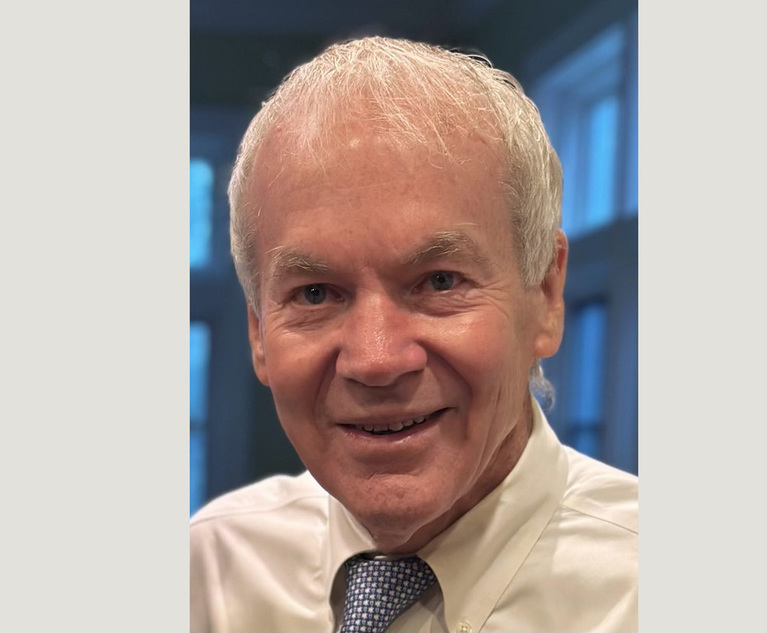The ultimate goal of every trial lawyer is to secure the best possible result for her client. To accomplish this goal, the lawyer must find a way to capture the jury’s attention and to leave an impression that will last well into deliberations. One effective approach is for the lawyer to identify and emphasize key words or phrases that best frame an issue, work those words or phrases into cross-examination and emphasize that frame during final argument. (For an in-depth study of case framing, see Mark Mandell’s Case Framing, published by AAJ Press.)
Clearly, the emphasis for the frame can start during jury selection, but the selected fact is really brought to life during the cross-examination or adverse direct of a party which, some trial lawyers would argue, is tantamount to cross-examination. The way in which the frame is brought out through words and phrases should not only serve to emphasize that individual fact during cross-examination but should also create broader implications for an even more important argument during summation.
This content has been archived. It is available through our partners, LexisNexis® and Bloomberg Law.
To view this content, please continue to their sites.
Not a Lexis Subscriber?
Subscribe Now
Not a Bloomberg Law Subscriber?
Subscribe Now
LexisNexis® and Bloomberg Law are third party online distributors of the broad collection of current and archived versions of ALM's legal news publications. LexisNexis® and Bloomberg Law customers are able to access and use ALM's content, including content from the National Law Journal, The American Lawyer, Legaltech News, The New York Law Journal, and Corporate Counsel, as well as other sources of legal information.
For questions call 1-877-256-2472 or contact us at [email protected]


 Ben Rubinowitz and Evan Torgan
Ben Rubinowitz and Evan Torgan




